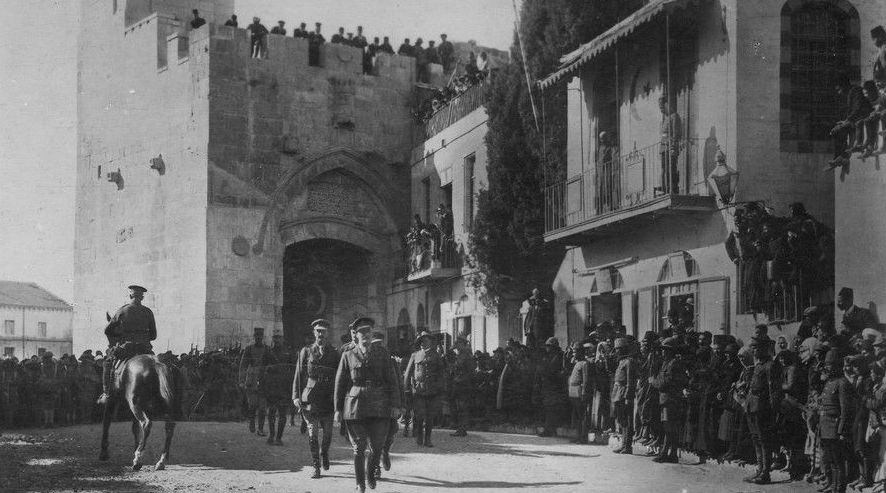Migrant Workers in Ottoman Anatolia
with Chris Gratien
hosted by Sam Dolbee
The nineteenth century was a period when world empires sought to settle nomads and immigrants in the countryside for the purposes of encouraging cultivation and loyalty to expanding states. Yet, at the same time, the economic consequences of global trade created sudden demand for labor that fostered new types of migration and mobility. This is the case in Ottoman Çukurova, where the rise of the cotton industry attracted seasonal labor flows from throughout Anatolia and Syria. In this episode, Chris Gratien explores the world of late Ottoman Adana and the social spaces inhabited and created by the region's itinerant working class.
 | Chris Gratien is a doctoral candidate at Georgetown University researching the social and environmental history of the Ottoman Empire and the modern Middle East. (see academia.edu) |
 |
Sam Dolbee is a doctoral candidate in the department of Middle East Studies at New York University. |
Citation: "Migrant Workers in Ottoman Anatolia," Chris Gratien and Sam Dolbee, Ottoman History Podcast, No. 172 (31 August 2014) http://www.ottomanhistorypodcast.com/2014/08/migrant-labor-working-class-anatolia-adana.html.
Listeners might also like:
#154 Miners and the Ottoman State | Donald Quataert
#155 Osmanlı'da İşçiler | Kadir Yıldırım
#078 Agriculture and Autonomy in the Modern Middle East | Graham Pitts
#059 AUB and 1930s Rural Development in Lebanon | Sam Dolbee
#046 Slavery in a Global Context
SELECT BIBLIOGRAPHY
Based in part on documents from Ottoman Archives in Istanbul and British National Archives in Kew
Toksöz, Meltem. Nomads, Migrants and Cotton in the Eastern Mediterranean The Making of the Adana-Mersin Region 1850-1908. Leiden: Brill, 2010.
________. " Multiplicity or polarity : a discursive analysis of post-1908 violence in an Ottoman region" in Singer, Amy, Christoph K. Neumann, and Selçuk Akşin Somel. Untold Histories of the Middle East: Recovering Voices from the 19th and 20th Centuries. Abingdon, Oxon: Routledge, 2011.
Astourian, Stephan. Testing World-System Theory, Cilicia (1830's-1890's): Armenian-Turkish Polarization and the Ideology of Modern Ottoman Historiography. Thesis (Ph. D.)--University of California, Los Angeles, 1996.
Kebikeç. No. 21, "Çukurova" (2006).
Gratien, Chris and Graham Pitts. "Towards an Environmental History of World War I" in Helmut Bley and Anorthe Kremers. The World During the First World War. Essen: Klartext Verlag, 2014.
Tʻērzean, Hakob. Atanayi keankʻě. K. Polis: Tpagrutʻiwn Z.N. Pērpērean, 1909.
Orhan Kemal. Bereketli topraklar üzerinde; roman. Istanbul: Remzi Kitabevi, 1964.
Uran, Hilmi. Adana ziraat amelesi. Adana: Türk Sözü, 1341.











Comments
Migrant or forced migration? There is an important poetry of Turkish nomads, which are forced to live in villages and eventually work in cotton fields. Thanks for all. Nice chat.
You are correct in mentioning the forced settlement of nomads in the Adana region. Indeed, these communities were forced to settle there by the Ottoman government and some of them became agricultural workers in the area. The migrant workers we refer to in the episode are those who come from other regions in Eastern Anatolia or Syria to work in Çukurova.
Post a Comment
Due to an overwhelming amount of spam, we no longer read comments submitted to the blog.